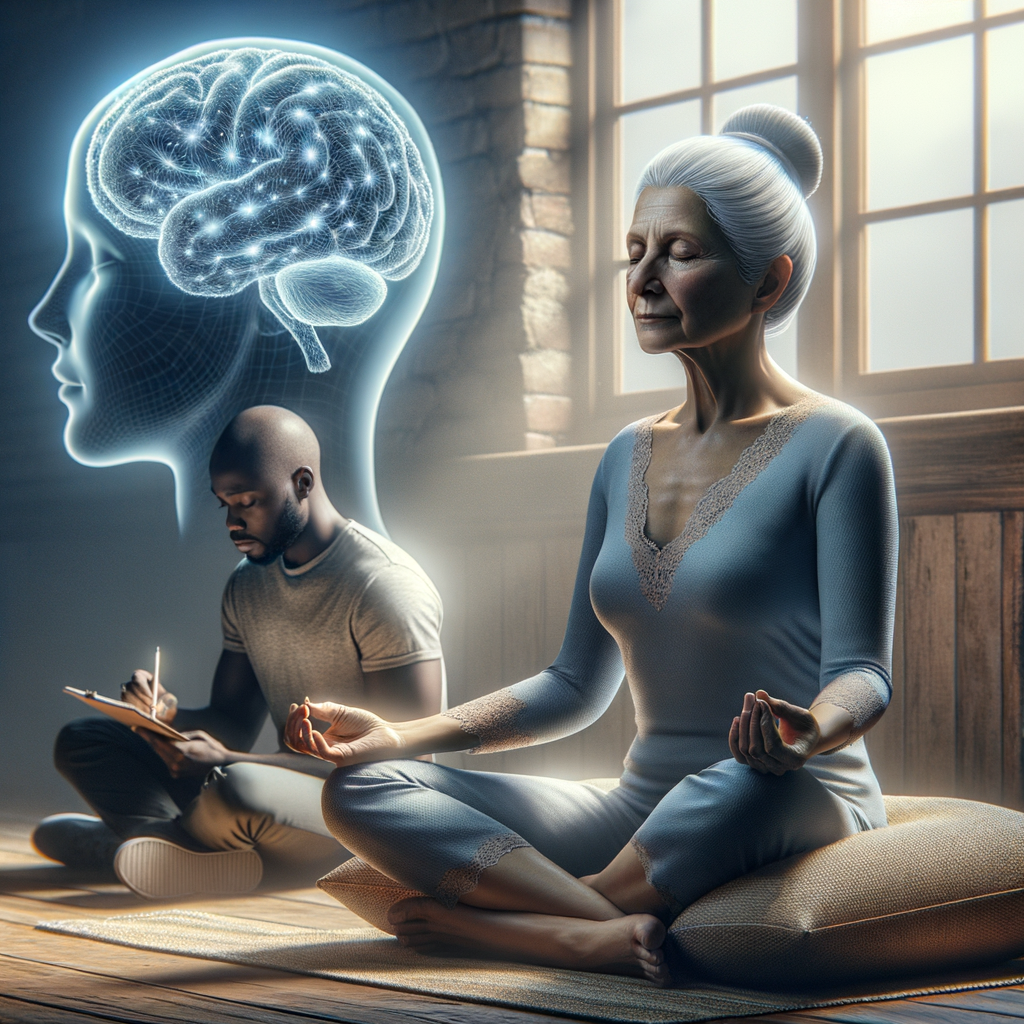A Comprehensive Guide to Cultivating Mindfulness to Break the Cycle of Anxiety
In contemporary society, anxiety has become a pervasive element of everyday life, rendering many individuals trapped in a seemingly endless cycle of worry. As we navigate through escalating demands and constant distractions, the importance of finding peace within ourselves cannot be overstated. Cultivating mindfulness emerges as a powerful practice to reclaim control over our thoughts and break free from this cycle of anxiety.
Understanding Mindfulness
Before delving into mindfulness techniques, it is essential to define what it means. Mindfulness is the art of being fully present in the moment, consciously aware of our thoughts, feelings, and surroundings without judgment. This practice creates a sense of clarity and calmness, contrasting sharply with the relentless chatter of anxious minds.
The Benefits of Mindfulness
Engaging in mindfulness practice offers numerous benefits, particularly for those grappling with anxiety. Some key benefits include:
- Reduced Stress: Mindfulness helps lower stress hormones, allowing for a more relaxed state of mind.
- Improved Focus: Regular practice enhances concentration and attention, which can diminish stress from distractions.
- Emotional Regulation: Mindfulness fosters awareness of emotions, aiding in better management and response to them.
- Enhanced Self-Awareness: Understanding oneself better can lead to greater emotional intelligence and resilience.
Techniques for Cultivating Mindfulness
Now that we appreciate the importance of mindfulness, let’s explore practical techniques to cultivate this valuable habit.
1. Mindful Breathing
One of the simplest ways to begin your mindfulness journey is through mindful breathing. This technique involves:
- Finding a quiet space where you can sit comfortably.
- Gently closing your eyes and taking a deep breath in through your nose, allowing your lungs to fill completely.
- Exhaling slowly through your mouth, paying attention to the sensation of the breath.
- Repeating this process, focusing solely on your breath for several minutes.
This practice can help center your thoughts and ground you in the present moment, alleviating feelings of anxiety.
2. Body Scan
The body scan technique encourages awareness of physical sensations in different body parts. Here’s how to practice it:
- Lying down comfortably and closing your eyes.
- Starting at the top of your head, bring your attention to each part of your body, moving slowly down to your toes.
- Notice any tensions or discomfort without judgment, and focus on relaxing those areas as you breathe.
This technique fosters a deeper connection between the mind and body, enhancing your overall mindfulness practice.
3. Mindful Walking
Engaging in mindful walking allows you to integrate mindfulness into your daily activities. Follow these steps:
- Choose a path that is free from distractions.
- As you walk, concentrate on the sensations in your feet as they touch the ground.
- Notice the rhythm of your breath and the sounds around you while staying aware of the movement of your body.
This practice not only emphasizes mindfulness but also encourages physical activity, which is vital for mental health.
Conclusion: Embracing Mindfulness in Daily Life
In conclusion, cultivating mindfulness serves as a profound tool for breaking the cycle of anxiety. By implementing simple techniques such as mindful breathing, body scan, and mindful walking, individuals can create a sanctuary of peace within themselves. The journey toward mindfulness is personal and evolving, requiring patience and practice. However, the rewards—a clearer mind, reduced anxiety, and enhanced emotional resilience—are immeasurable. Ultimately, embracing mindfulness is not just a practice; it is a commitment to living fully and authentically in the present moment.
There you have it… See what works for you…
Campbell M Gold
To Create Health, Wealth, Success, and Longevity through the Power of Your Subconscious Mind, Visit: Campbell M Gold.com
Visit The Store and see what else can be of help



